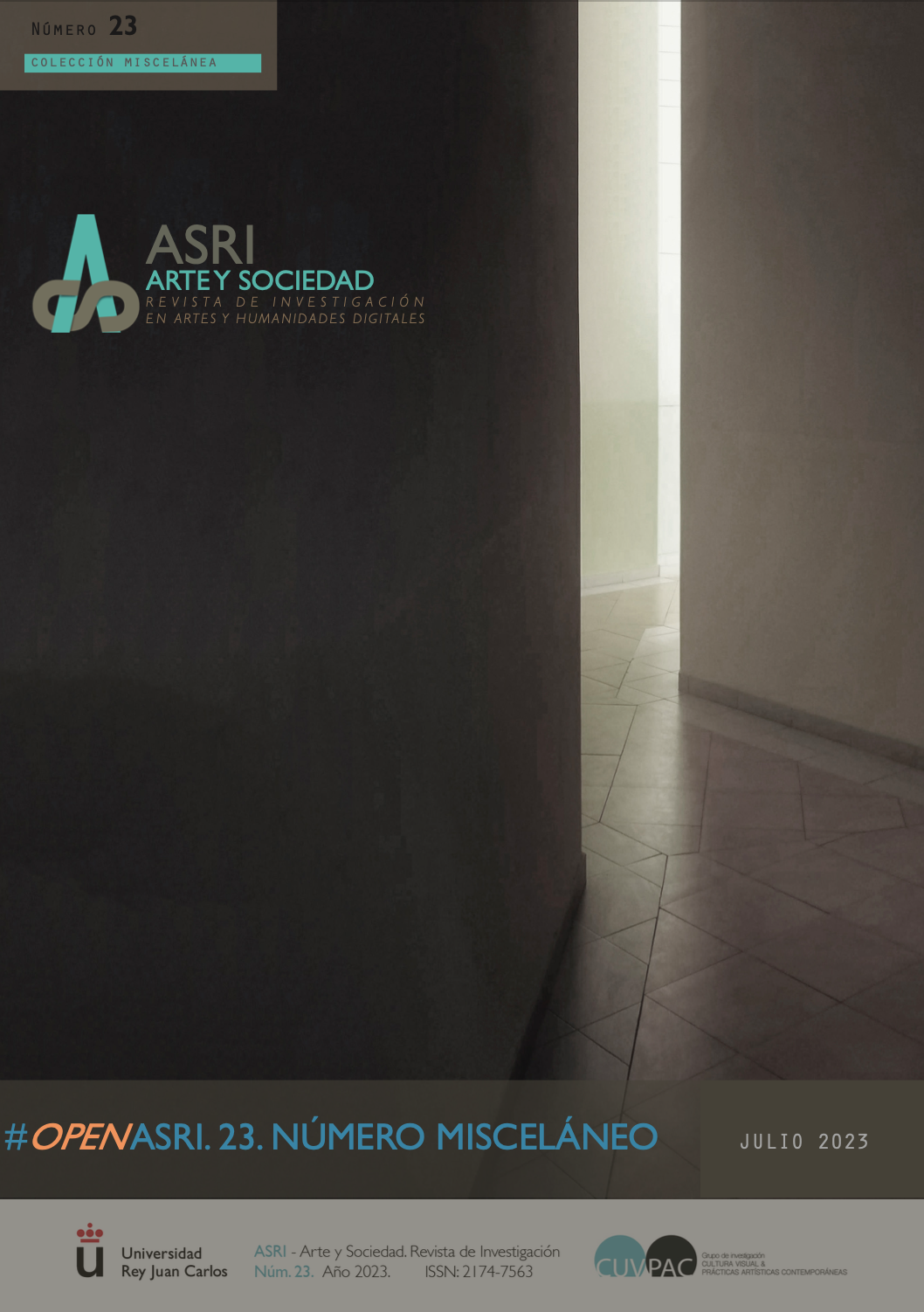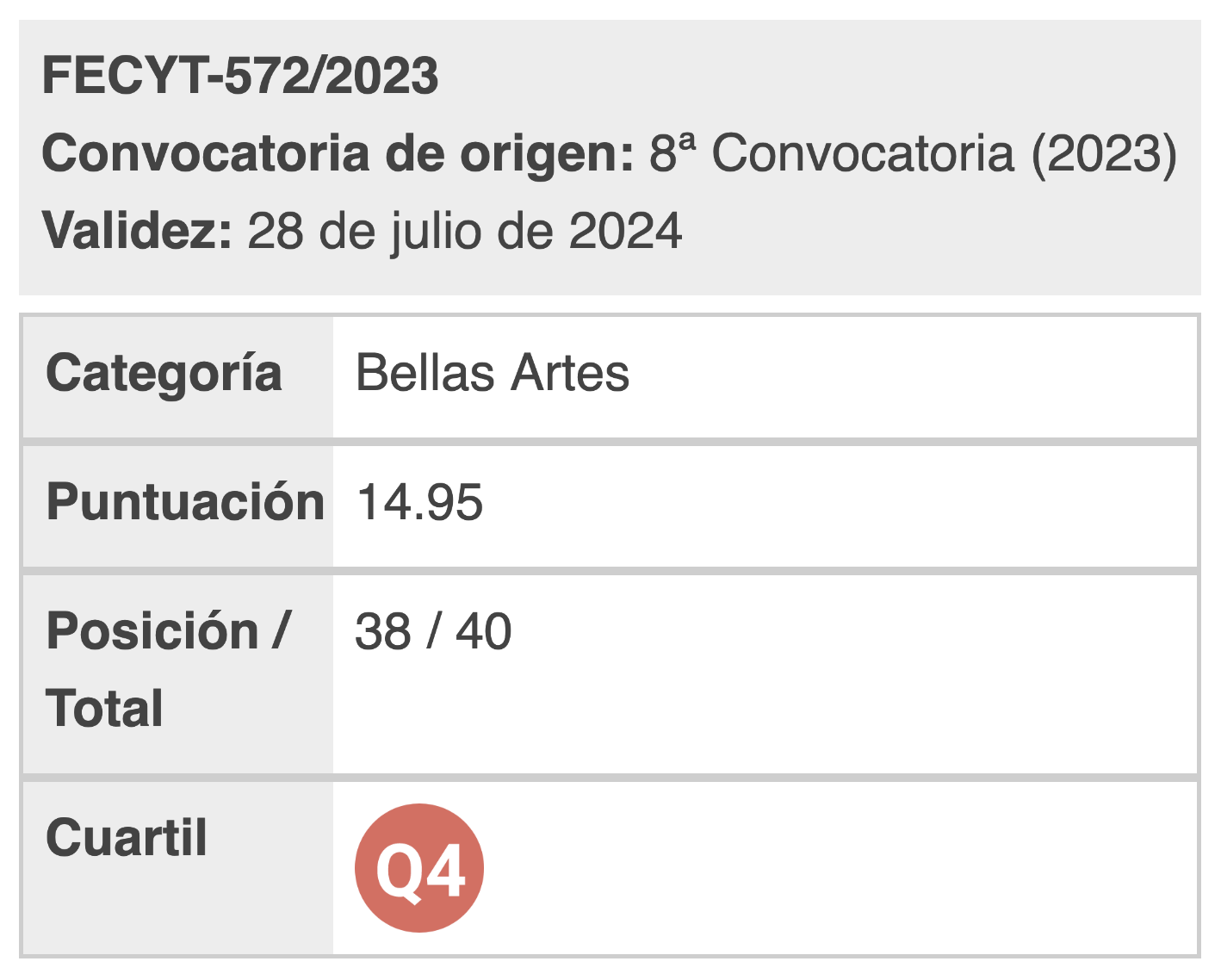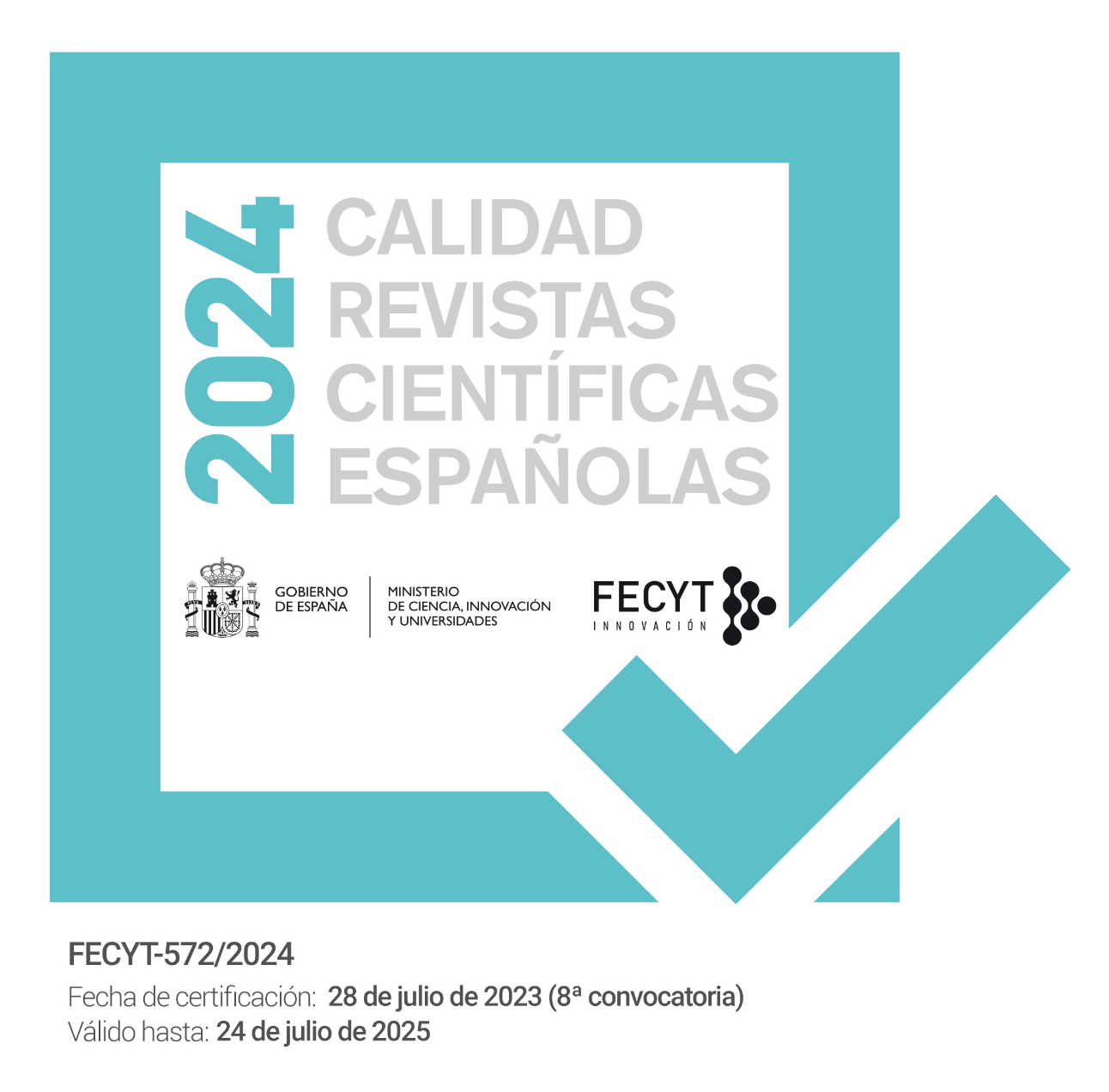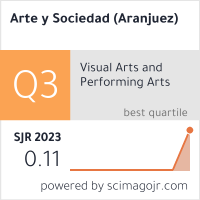ISSN: 2174-7563
No. 23 (2023): OPENASRIASRI. Miscellaneous Number

This number includes the works of ten researchers and four researchers who approach our cultural present from notions such as post-digitality, the veracity of the images, and the pose; all of them far from the classical deterministic vision and commonly associated with technological discourse. Speaking of technological influences, we published an article on the rise of the podcast in the academic field whose main objective is to formulate a character analysis methodology in radio fiction, applying it to the case study of the series Negra y Criminal, by Mona León Siminiani. We have also selected an investigation interested in the modes of institutional cinematographic representation, (M.I.R.) as defined by the film theorist Noël Burch, which transgresses the limits of the spatial dimension and which is analyzed in the article with the aim of drawing an intertextual approach. and intermedial to the scenographic conceptions that are also mixed and transferred between theater, painting, or cinema. In the line of visual narrative studies, we offer you a review of Basque video art from the eighties and nineties, as a key element for the development of video art at the state level and whose works stand out as those made from the reuse of images from magazines. feminine. Along the same lines, on the importance of visual narratives and the discourses of hegemonic history, we offer you an article on the cartographic contributions of the peoples subjected by colonization and marginalized by the visual regimes of the West that begin to come to light in the last decades. Counter-cartographic practices of representation that, —located at the limits of traditional cartography— are today used as tools of resistance in colonial and neocolonial narratives. Another proposal has to do with the imminent disappearance of the generation that lived through the civil war, together with the fear of losing their testimony, has generated new memory recovery processes focused on intergenerational transmission. The article analyzes these aspects taking as a starting point six works created during the first years of the s. XXI. To finish, we offer you a research paper on visual anthropology based on the analysis of an image by the local photographer from Alcántara (Cáceres) Remigio Mestre, whose central motif is a Renaissance window in which two aviary cages hang. Finally, we offer you a research paper on visual anthropology based on the analysis of some images by Remigio Mestre, a photographer from Alcantarino (Cáceres). Thank you very much and congratulations to all the people involved who make this open knowledge community possible because we are launching this issue with the FECYT 2023 seal, obtained in the 8th edition of the evaluation process of scientific journals and with indexing in SCOPUS.
Editors: Tomás Zarza & Miguel Sánchez Moñita



































